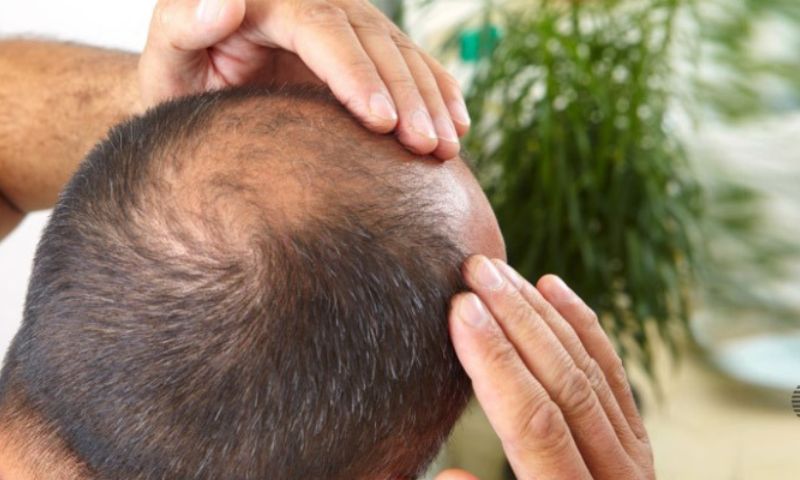ISLAMABAD: Baldness and hair loss have long been associated with various health conditions and psychological factors such as stress and anxiety. While genetic predisposition plays a role in hair loss, a breakthrough study published in the journal Nature suggests that skin moles could hold the key to reversing baldness.
For nearly a decade, researchers at the University of California, Irvine, have been investigating why skin moles produce remarkably long hairs. Their recent study reveals that these moles contain specific chemical compositions that stimulate hair growth.
Lead author Maksim Plikus, a professor of developmental and cell biology at UC, Irvine, stated, “Nature gave us clues in those hairy skin moles.” The team found that an abundant molecule called osteopontin in these moles could activate dormant hair follicle stem cells.
To test their findings, the researchers conducted experiments on mice by grafting mouse skin samples onto human skin. They injected the mice with the osteopontin molecule three times, with a one-day interval between each injection. The results were remarkable, as new hair growth of up to one centimeter was observed in the mice following the injections.
To confirm the role of osteopontin, the researchers also injected a neutral protein into a different area of the skin, which did not result in any new hair growth. This further supported the hypothesis that osteopontin plays a crucial role in hair growth.
Significance of Skin Moles to Reverse Baldness
Unlike previous studies that primarily focused on mouse fur, Plikus emphasized the significance of this research for humans. The experiment employed human skin samples and tested a molecule found in human moles, making it more applicable to understanding hair follicle growth in humans.
Mayumi Ito, a professor of dermatology and cell biology at NYU Langone Health, who was not involved in the research, commended the study, stating, “The mechanism that they identify in mice seemed to be applicable to understand hair follicle growth in humans. That is a remarkable part of the study.”
According to Plikus, the findings suggest that individuals could potentially see their natural hair regrow as it was before experiencing baldness. Dormant hair follicles could awaken and start growing, producing hair that resembles its original qualities in terms of thickness, length, and texture.
Plikus has co-founded Amplifica, a company that is licensing his research and advancing it to clinical trials. The company plans to commence human trials in the coming months to test the safety of a compound for delivering osteopontin to the body. Additionally, Amplifica aims to conduct trials using a synthetic version, with the hope of developing an outpatient hair growth procedure akin to microneedling, similar to Botox.
While the FDA has approved two hair loss treatments, Propecia and Rogaine, these prescription medications come with side effects and are not entirely effective in restoring hair loss. Dr. Jeremy Green, a board-certified dermatologist, believes that current treatments fall short in addressing the issue. He suggests that the molecular injection being developed by Amplifica may not work for hair loss caused by medical conditions, but it holds potential benefits for many patients with balding or thinning hair.























